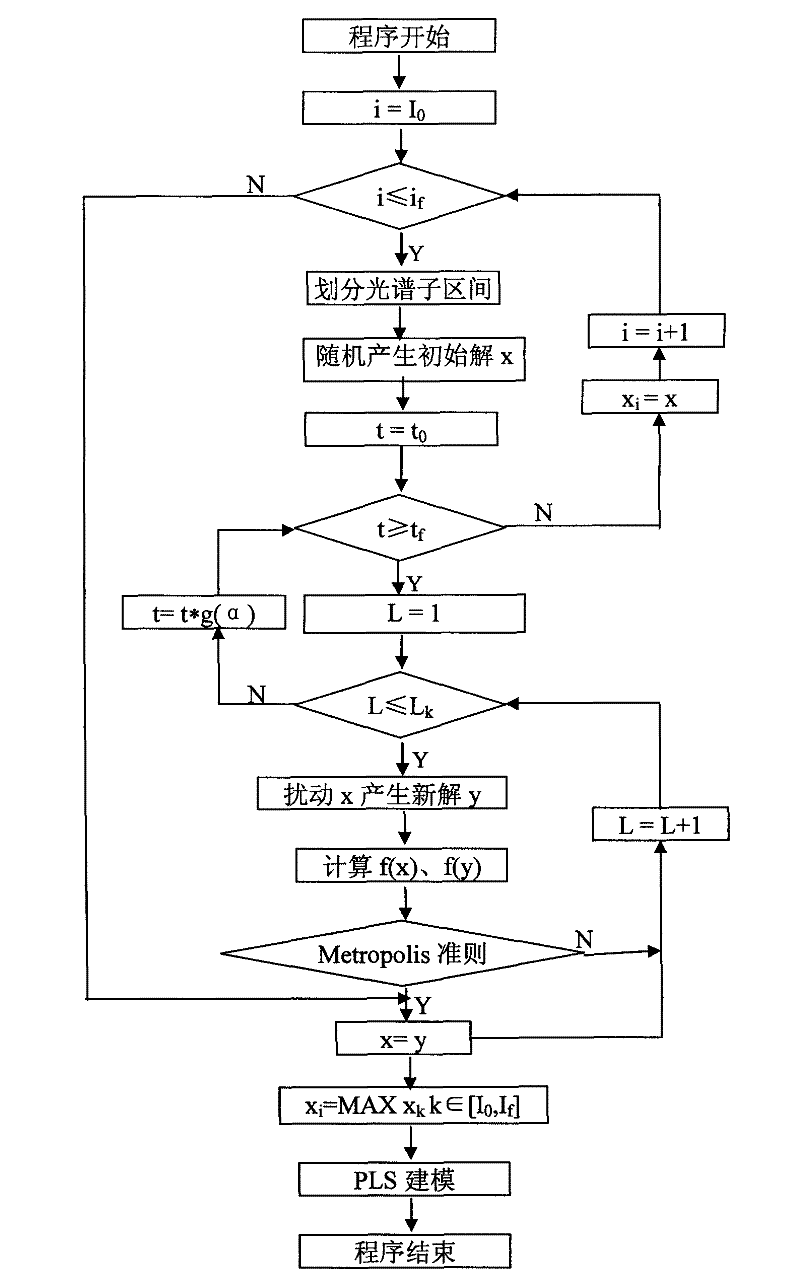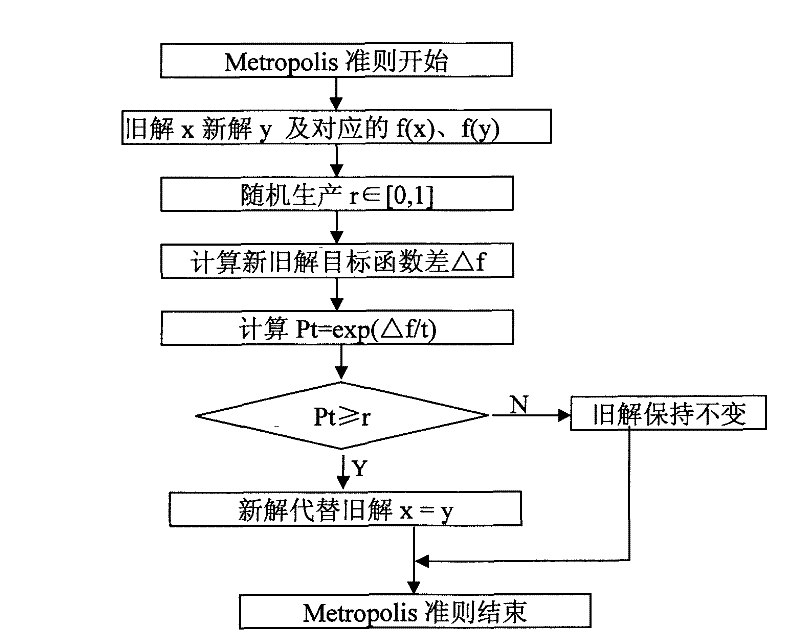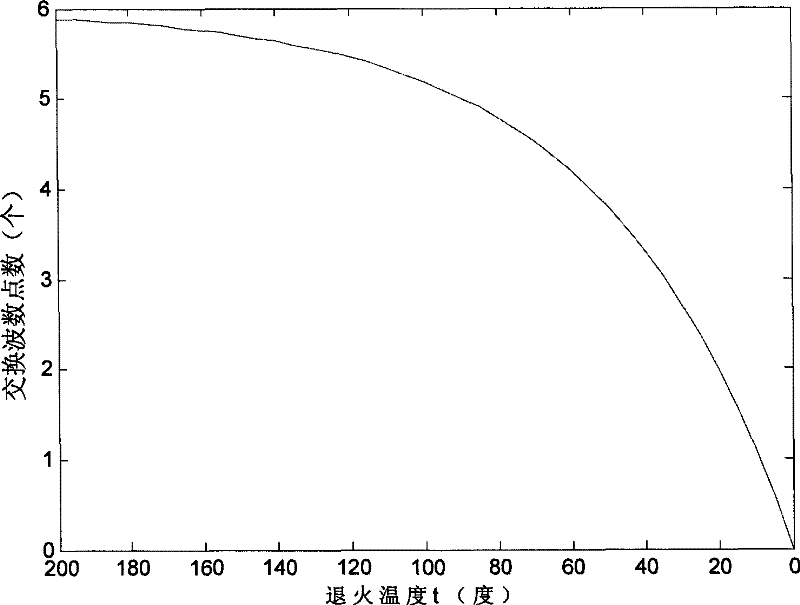Method for selecting subinterval of near-infrared spectrum wavelength based on simulated annealing algorithm
A simulated annealing algorithm and near-infrared spectroscopy technology, which is applied in the direction of color/spectral characteristic measurement, calculation, and material analysis through optical means, can solve the problems of not being able to ensure the global optimal combination and the single interval combination method, and achieve the reduction of construction The effect of reducing the amount of modular calculations, ensuring fast convergence, and speeding up modeling
- Summary
- Abstract
- Description
- Claims
- Application Information
AI Technical Summary
Problems solved by technology
Method used
Image
Examples
Embodiment Construction
[0023] In the present invention, the near-infrared spectrum is firstly preprocessed. The spectral preprocessing is to eliminate the noise caused by instrument signal drift and environmental condition fluctuations during the data acquisition process. Commonly used spectral preprocessing methods include SNV (Standard Orthogonal Transform), MSC (Multiple Scattering correction), wavelet transform, etc. At the same time, the spectral preprocessing process also includes the division of calibration set and prediction set samples.
[0024] After spectral preprocessing, the full spectrum is divided into k subintervals. If the total number of wavenumber points divided by k is equal to n and there is a remainder m, then the number of wavenumber points in each subinterval of the first m subintervals is n+1, and the number of wavenumber points in the remaining subintervals The number of wavenumber points in each subinterval is n. When the full spectrum is divided into k subintervals, the s...
PUM
 Login to View More
Login to View More Abstract
Description
Claims
Application Information
 Login to View More
Login to View More - Generate Ideas
- Intellectual Property
- Life Sciences
- Materials
- Tech Scout
- Unparalleled Data Quality
- Higher Quality Content
- 60% Fewer Hallucinations
Browse by: Latest US Patents, China's latest patents, Technical Efficacy Thesaurus, Application Domain, Technology Topic, Popular Technical Reports.
© 2025 PatSnap. All rights reserved.Legal|Privacy policy|Modern Slavery Act Transparency Statement|Sitemap|About US| Contact US: help@patsnap.com



